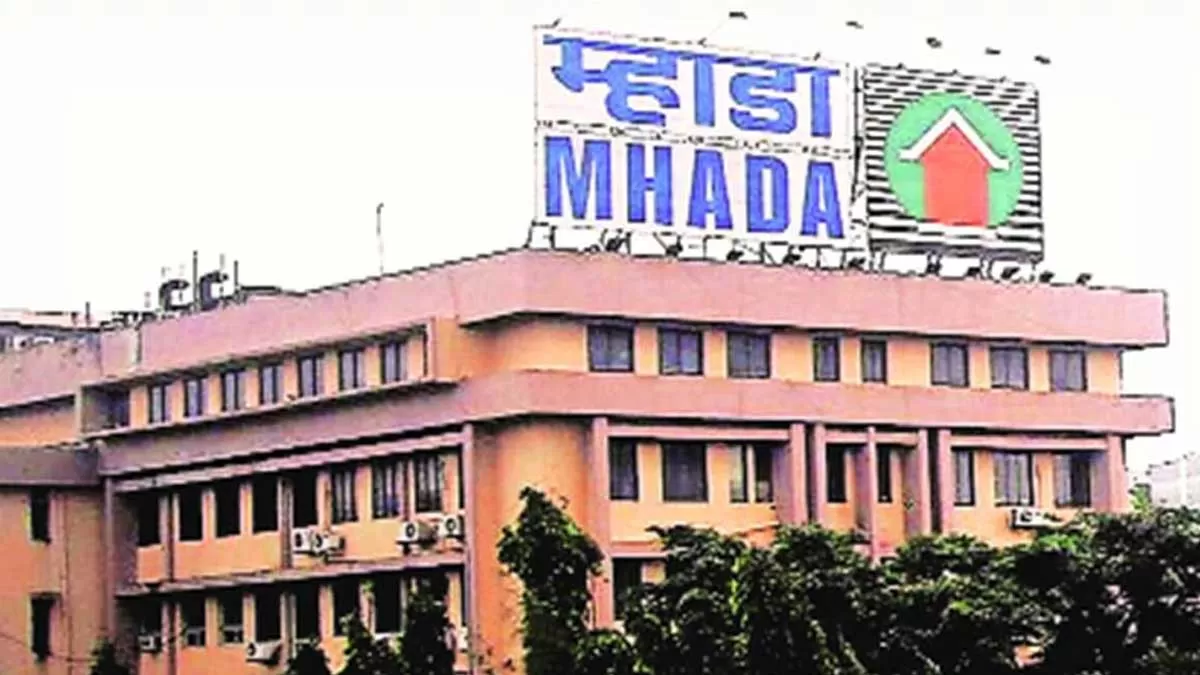Mining sector in India, especially the coal mining, is in the news these days after the government introduced policy reforms in mineral mining and commercial coal mining in the country. The government has also released notifications on the announced policy initiatives. The Coal Ministry has already taken initiatives to re-visit old laws with an aim to improve efficiency, ease of doing business and to open up coal sector which would result in improving domestic coal production and reduce imports.
Private participation
The coal mining sector is dominated by public sector companies both in exploration and mining of coal. They operate at slow pace with older technologies and equipment. The new developments in commercial coal mining that invite private players can bring in momentum to the slow moving coal sector. Considering the long gestation period of coal mines due to complexity of multiple laws, restrictive rules affecting entry of potential investors in the coal sector, the Coal Ministry has brought changes into the system for freedom of operations for improving coal production and to facilitate adoption of technology.
Jayanta Roy, Senior Vice President, Group Head, Corporate Sector Ratings, ICRA, is of the view, “The opening up of the coal sector for private commercial mining is an important reform in ensuring India’s energy security. These coal blocks have a cumulative peak rated capacity of 225 million tonne per annum, which can largely substitute India’s thermal coal imports and bring down India’s hefty coal import bill, which touched US$ 21 billion in FY2020. Apart from import substitution, increasing market presence in the seaborne export market, and faster adoption of coal-gasification technologies can be other possibilities for private commercial coal miners going forward.”
Role of equipment and technology
More private participation in commercial coal mining as per the new government reforms is expected to open up new window of opportunities to the mining equipment players. The new initiatives in mining sector can bring in more productivity and efficiency with the participation of more private players. They will be more focused on bringing in advanced technologies and equipment the best possible way. According to Shib Bhowmik, Managing Director, Komatsu Mining Corp, India, involvement of more private players hopefully will bring more competition, technology, and resources in this important sector.
Roy elaborates, “In a duopolistic market, where 90 per cent of the domestic supply is controlled by the two large public sector behemoths, private commercial miners would need to be cost-competitive by achieving scale and adopting advanced technologies to support high productivity. Focus on higher productivity and cost control would give them the space to make coal supply more affordable than the prevailing prices and gain market share. Given the sizable scale of some of the blocks on offer for commercial mining, domestic coal production is expected to pick up significantly over the medium to long term, which augurs well for mining equipment players.”
Recently, Coal India has also become proactive after the announcement of policy reforms in commercial coal mining. According to recent reports, the public sector coal miner was to offer more coal blocks to global mine developers and operators (MDOs) including underground mines. This can create room for more use of equipment and technology. Bhowmik comments, “This is a welcome move because in these tenders, Coal India is intending to offer the contract on a long-term basis (up to 25 years or life of the mine, whichever is less). This will enable the MDOs to invest in appropriate technology and equipment which they can amortise through the life of the mine. This was a big obstacle especially in surface mining contracts where because of the short duration of the contract, the MDOs/contractors were deploying old and many a times unsafe construction equipment in mining operation.”
At the same time, there are some disadvantages also as he highlights, “In these contracts, the MDOs have to invest in the entire mine infrastructure (high investment) and get paid only on ‘cost/ton’ basis. Also, several regulatory approvals like environment and forest approvals are in the scope of the MDOs. We will need to wait to see actual interest that these contracts can generate. Prima facie, these contracts will need more investment, have higher risks but payment will be only through production of coal.”
In another development, Coal India subsidiary Western Coalfields opened three new coal mines in Maharashtra and Madhya Pradesh having combined annual production capacity of 2.9 million tonnes. The company will infuse total capital expenditure of Rs 8.49 billion on these projects. Meanwhile, Mahanadi Coalfields, another Coal India subsidiary, has laid out an investment plan of Rs 600 billion in Odisha, of which Rs 310 billion will be spent on mining and social infrastructure development by 2023-24, according to reports. Another report indicates that the Singareni Collieries Company approved plans for five new open cast mining projects, apart from purchase of 25 dumpers with 60 tonnes capacity. All these developments can bring in new opportunities to mining equipment sector in the coming years.
Challenges ahead
Coal mining has always been associated with issues such as high carbon emission, land acquisition, and so on. According to Roy, the biggest challenge in executing a large greenfield coal mining project is the risk of delay due to land acquisition hurdles and securing regulatory clearances which fall under the overlapping jurisdictions of various Central and State Government bodies. “For the 41 mines on offer, around 35 per cent of the land falls in forest areas. Therefore, proactiveness of the Central and the state governments to ensure time-bound clearances would remain critical towards timely implementation of mining projects.”
In spite of the current reforms in mineral mining policies aimed at streamlining the process of mining, issues related to land acquisition and environment are expected to prevail in future as well unless there are effective combined steps from the Central and state governments.

















